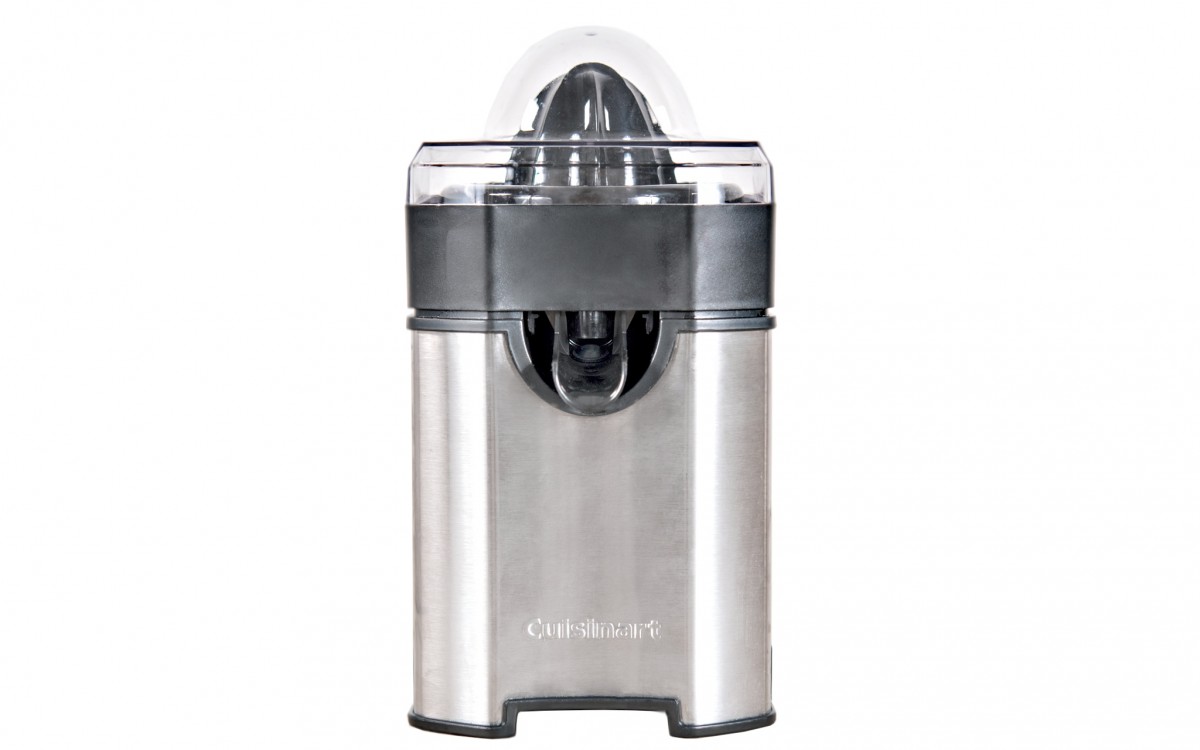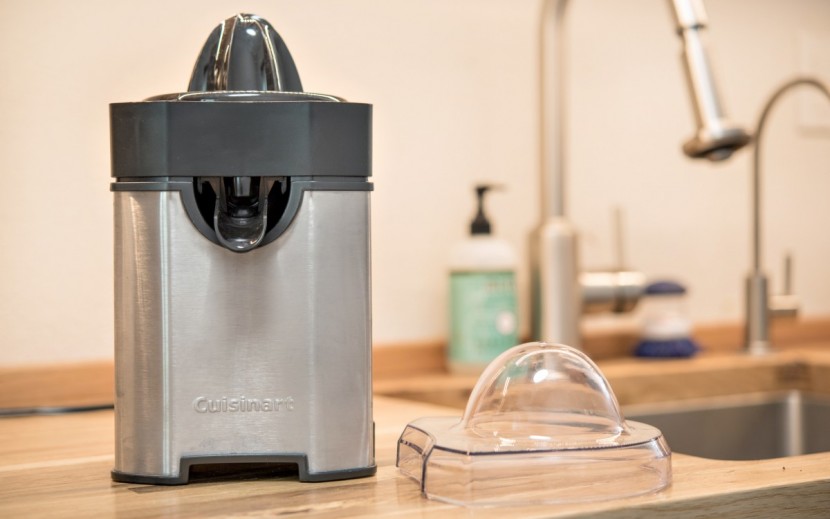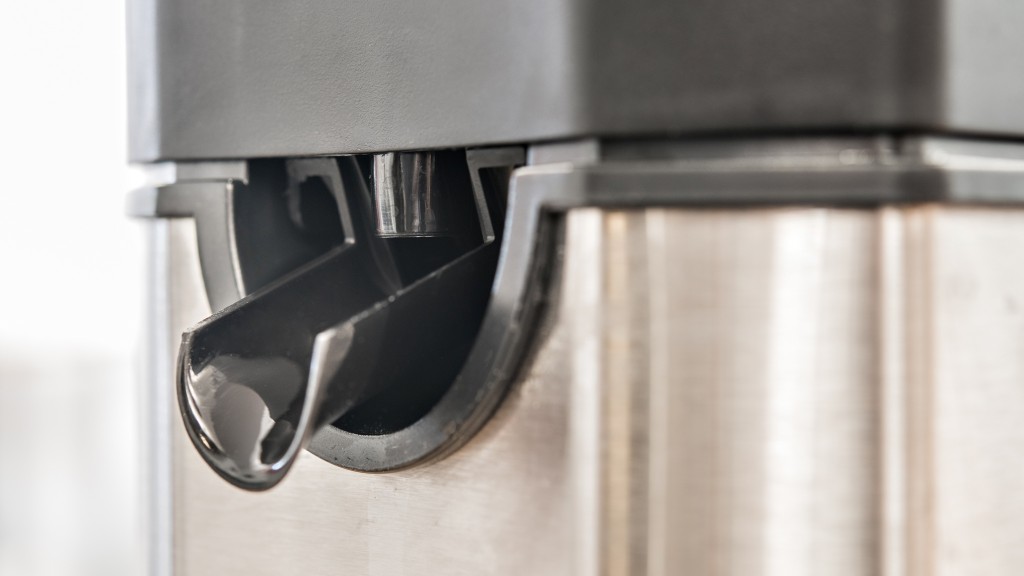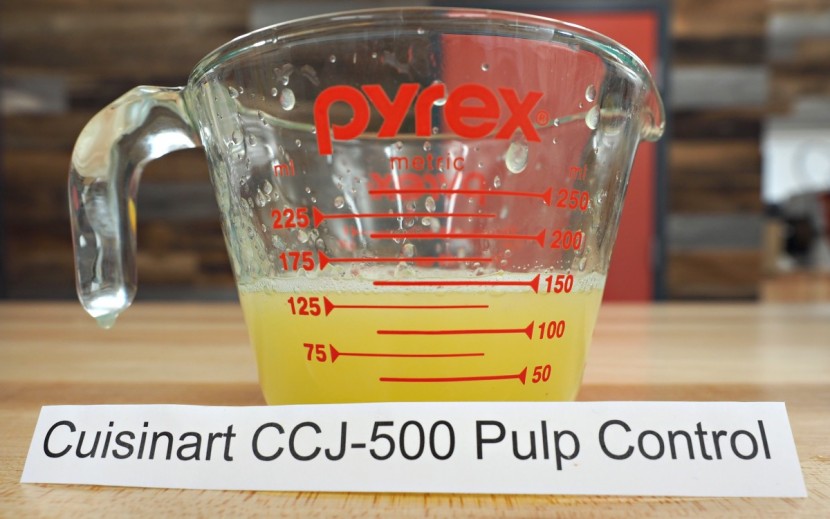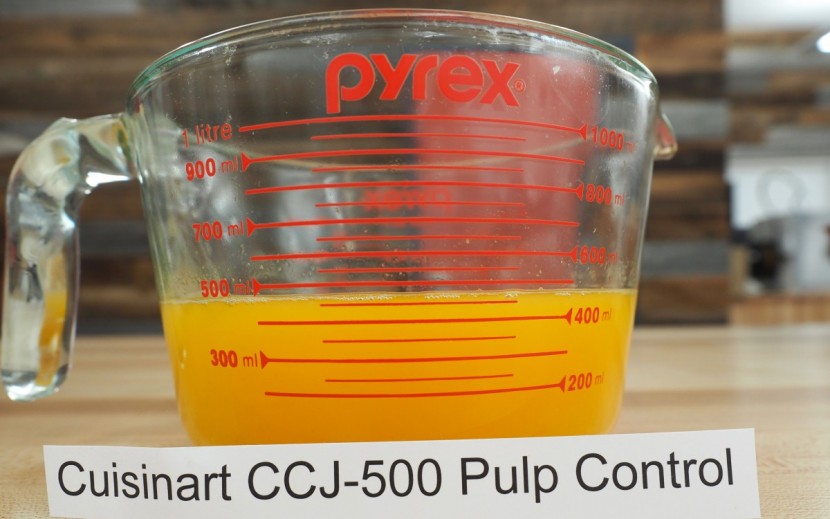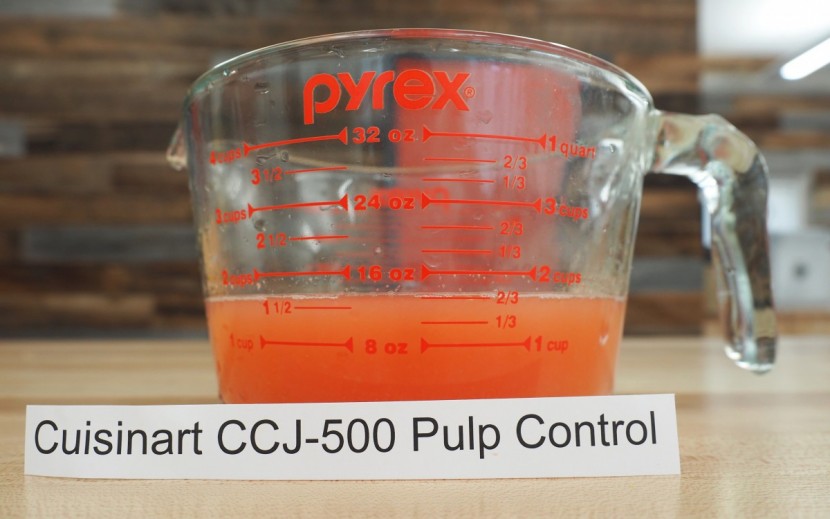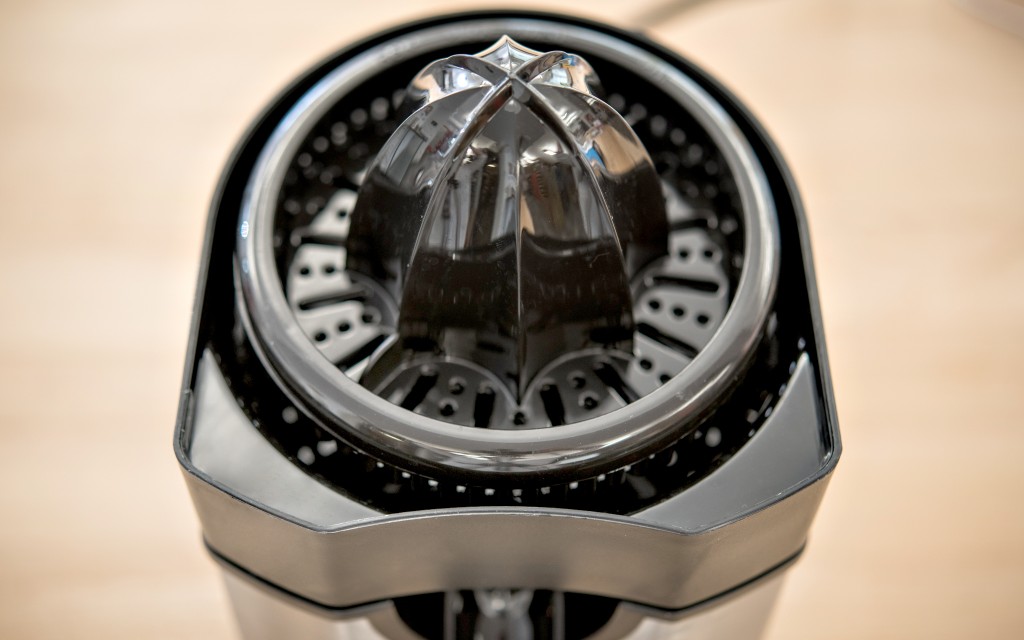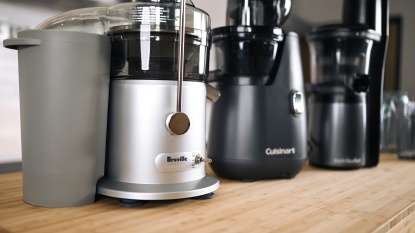Cuisinart CCJ-500 Pulp Control Review
Our Verdict
Our Analysis
It had a decent juice yield, didn't create tons of pulp, and costs about the same as the other juicers, but we looked forward to using the Pulp Control the least. The “super juice” feature ended up being a bit more trouble than it is worth, this model lacks a cord wrap, and the universal, one-size-fits-all reamer turned out to not really fit the smaller citrus fruits.
Limes
The Cuisinart didn't get off to the greatest start in this metric. It produced the least amount of juice from the three small limes — only about 85 mL — and was by far the messiest to use.
It was hard get the limes to fit on the universal reamer without a decent amount of pressure. Consequently, we got by far the most juice and pulp on our hands with this juicer. However, at least the Cuisinart didn't produce a ton of pulp.
Lemons
The Cuisinart Pulp Control did marginally better in our lemon juicing test. Tasked with juicing two medium-sized lemons, this product produced 140 mL of strained lemon juice.
This outperformed the Proctor Silex by 5-10 mL, but couldn't quite match the 150 mL produced by the Black+Decker. The universal reamer was a much better fit with the lemons than the limes and this juicer again produced essentially zero pulp.
Oranges
For our orange juice test, the Cuisinart again had a solid juice yield, but was docked a bit for the difficulty we had in actually juicing the oranges. On the lowest pulp setting, the Pulp Control produced approximately 475 mL of orange juice from three medium oranges and again have little to no amounts of pulp in the juice produced.
However, we pretty much needed to empty out the pulp screen and clean out this juicer in between each orange to prevent it from clogging. Additionally, using the “Super Spin” feature to extract the last bit of juice seemed to end up yielding more pulp than juice and isn't the most convenient feature to use.
Grapefruits
For the last of our citrus juicing tests, we evaluated the abilities of each of these kitchen appliances when tasked with juicing two large grapefruits. We again had to clean out the pulp screen frequently, but the Cuisinart actually did quite well in this metric, even though it couldn't topple the Proctor Silex for the top spot.
The Cuisinart CCJ-500 yielded about 400 mL of grapefruit juice after filtering out the pulp, just a few milliliters more than the Black+Decker, but about 10 mL less than the Proctor Silex.
Ease of Cleaning
This product is also very easy to clean, with all of the parts of this juicer being suitable for cleaning in your dishwasher's top shelf, with the obvious exception of the motor base. We particularly liked that it is much easier to remove and clean the pulp sieve on this juicer compared to the Black+Decker or the Proctor Silex.
Conclusion
While the Cuisinart CCJ-500 didn't do all that bad when it came to juice yield, the huge loss in convenience with the lack of a built-in bowl or an adjustable reamer make it very hard to recommend this one, as we found the Black+Decker and the Proctor Silex to be much more desirable and cost a bit less.


